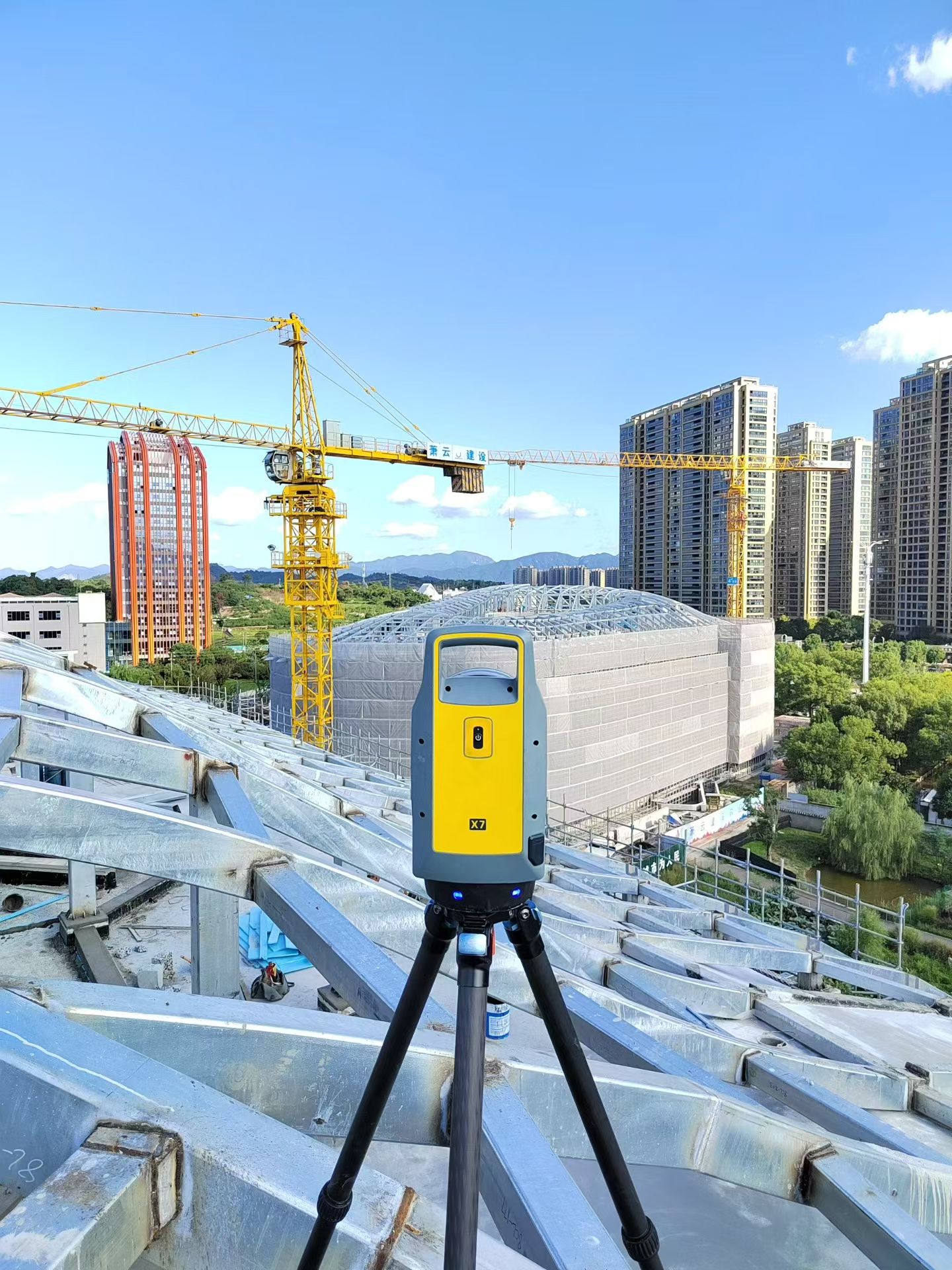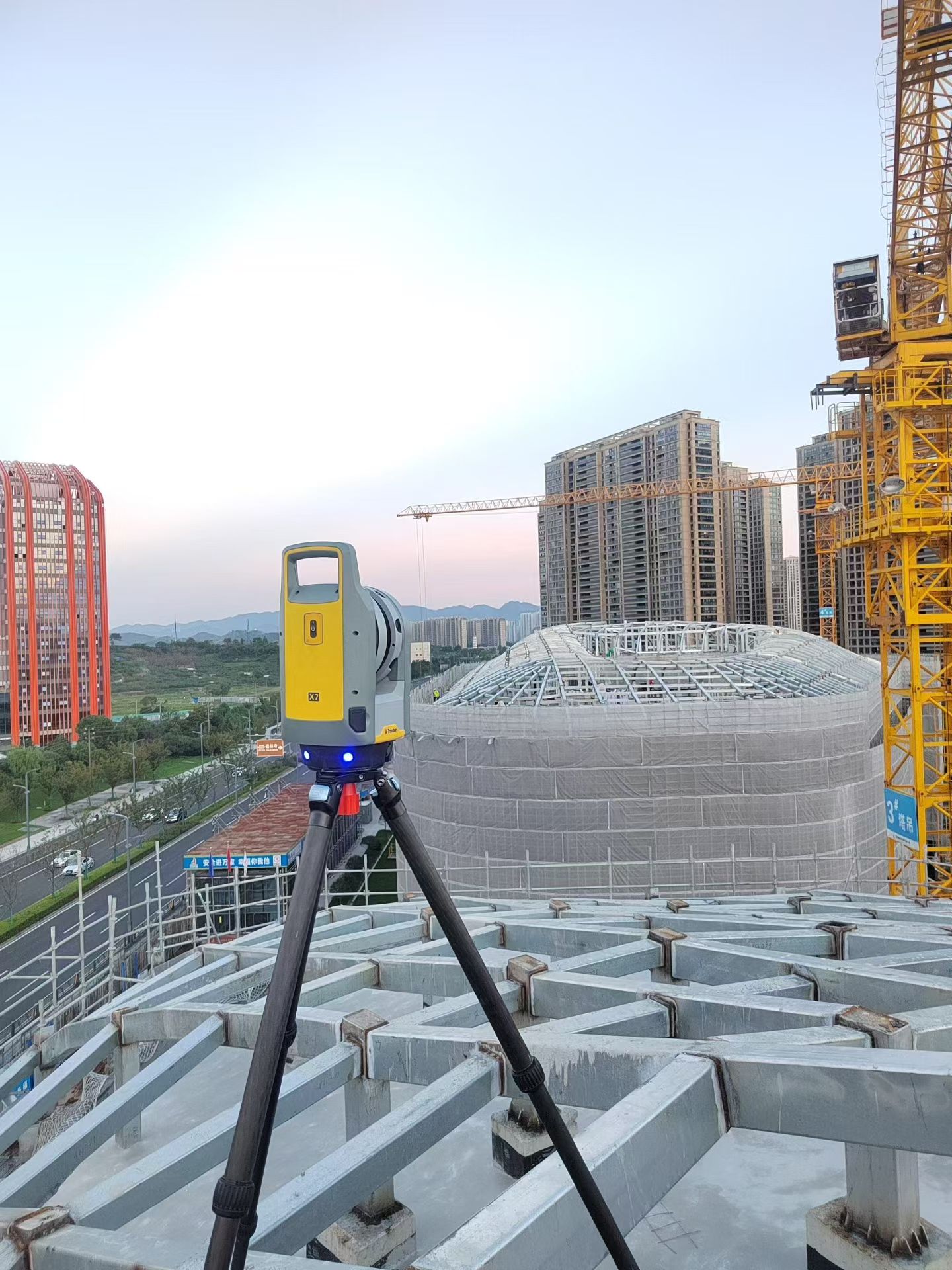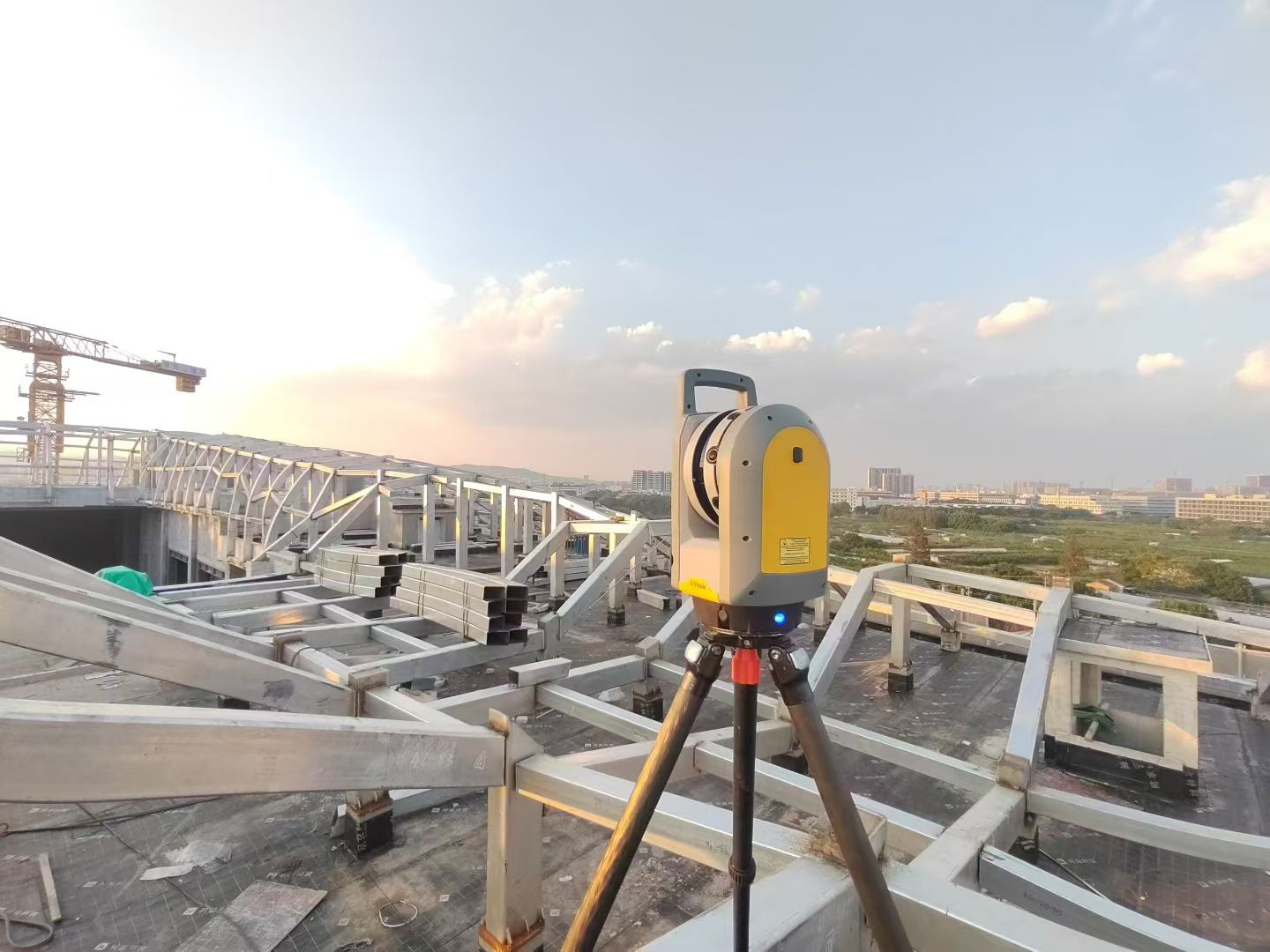Products Description
3D Laser Scanning for Stadium Steel Space Frame Deviation Detection: A Technical Overview
Abstract: The construction of large-scale, complex steel structures, particularly stadium space frames, presents significant challenges in maintaining dimensional accuracy. This article details the application of 3D laser scanning technology for point cloud surveys of installed steel grids. By capturing high-density 3D data and comparing it against the design's Building Information Modeling (BIM), this method allows for rapid and precise detection of deviations from the design model. The integration of these digital technologies offers significant improvements in construction quality, workflow efficiency, and risk mitigation.
1. Introduction
Modern stadium designs frequently incorporate large-span steel space frame structures, characterized by complex geometries. Accurate construction is vital for structural integrity and project quality. Traditional manual surveying methods like total station measurements are often slow and less accurate for large, complex structures. To address these challenges, 3D laser scanning offers a non-contact, efficient method for capturing comprehensive as-built data.
2. Technical Principles
The process involves capturing, processing, and analyzing dimensional data:
Data Acquisition: A terrestrial 3D laser scanner records distances to surfaces, creating a dense "point cloud" of the steel structure.
Point Cloud Registration and Processing: Point clouds from multiple scans are combined and filtered to create an accurate digital model.
BIM Model Comparison: The processed point cloud is aligned with the design BIM model to calculate deviations, visualized as a color-coded map.
Deviation Analysis and Visualization: The color map highlights deviations, allowing engineers to identify and quantify errors for corrective actions.
3. Application Advantages
Accuracy and Speed: Provides millimeter-level precision and surveys large structures quickly.
Comprehensive Data: Captures the complete geometry of the structure.
Visual Reporting: Offers clear, color-coded deviation analysis for easy communication and action.
Digital Asset: The point cloud serves as a resource for future inspections and maintenance.
4. Conclusion
Employing 3D laser scanning for stadium steel space frames enhances quality control compared to older techniques, improving construction accuracy and safety. Combining laser scanning with BIM is increasingly seen as a standard approach for building complex steel structures precisely.






